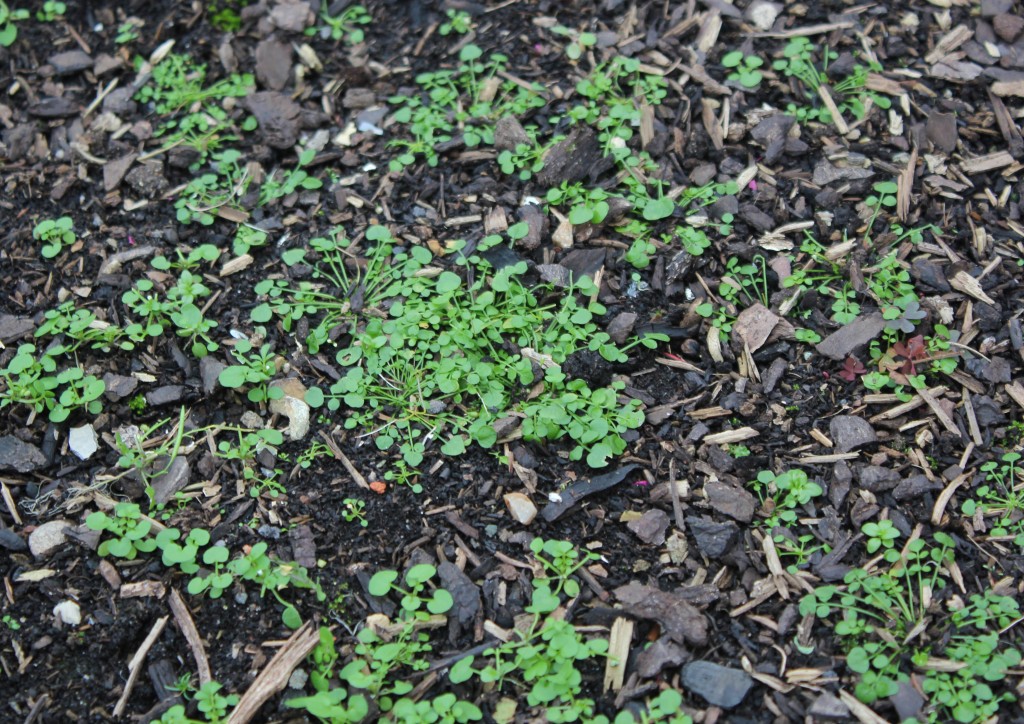 Recent weather has turned the seasons so far around; I just wonder what the new year will bring. Here in Hertfordshire banks of daffodils were flowering just before the New Year, Viburnum x bodnantense ‘Dawn’ burst suddenly into full bloom and in the garden I lifted tender Canna’s for storage in the greenhouse between Christmas and New Year.
Recent weather has turned the seasons so far around; I just wonder what the new year will bring. Here in Hertfordshire banks of daffodils were flowering just before the New Year, Viburnum x bodnantense ‘Dawn’ burst suddenly into full bloom and in the garden I lifted tender Canna’s for storage in the greenhouse between Christmas and New Year.
January is a good time to cut back lawn edges that have spread onto the surrounding paths. The impact is similar to trimming the edges after mowing; the garden instantly looks neater. You need a sharp half moon or an old spade, with a blade which has worn down so far, it is straight. Slice away turf using a continuous cutting motion, leaving enough of a gap between the lawn and path so you can slide in the edging shears, but not so wide that your lawn eventually disappears. A scaffolding plank is the perfect template along straight edges, but make sure you stand on it to stop it from moving. Alternatively, use a taut garden line, standing on the line to make sure that it doesn’t move. Stack the off cuts, green side down and in time they will rot down to make a good loam for potting compost.
Outdoor peaches, almonds, apricots or nectarines need covering from early in the month, to mid May to protect them from peach leaf curl spores which are spread by water droplets. Peach leaf curl distorts and puckers the leaves creating red pustules, the leaves eventually fall and even though they are replaced, the tree is gradually weakened. Wall grown plants need the top and front covered, the cover should not touch the plant and there should be a gap at the base and sides of the cover for ventilation and so insects can enter – a sheet of thick polythene anchored to the fence at the top and unrolled down two canes will do the trick. Trees can be covered with a wigwam of canes covered in plastic and held together with clothes pegs. If trees do become infected, spray them with liquid seaweed and feed with general fertiliser when growth starts and keep them well watered, too.
I know this has been mentioned before but warm wet conditions mean that weeds have spread with alarming speed. ‘Hairy Bitter cress’ has been a nightmare in my vegetable garden, as the picture shows. It flowers, fruits and sets seed with alarming efficiency and keeping it under control now will pay dividends later in the year – as small animals like ants are not active on the surface at the moment I will be using a long handled weed burner to clear the ground.
At this time of year, stem problems are at their most obvious, cut out any showing signs of the prominent orange pustules of ‘Coral Spot’ or that are ringed with ‘Canker’ as in the image, cutting back to healthy growth well away from the original infection and dispose of the material away from the garden. There is enough work to keep you busy for a while.
Happy New Year and Happy Gardening. Matt


